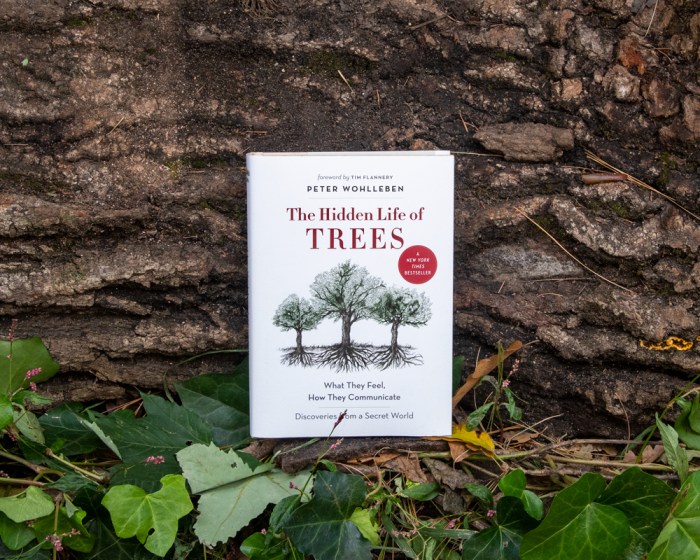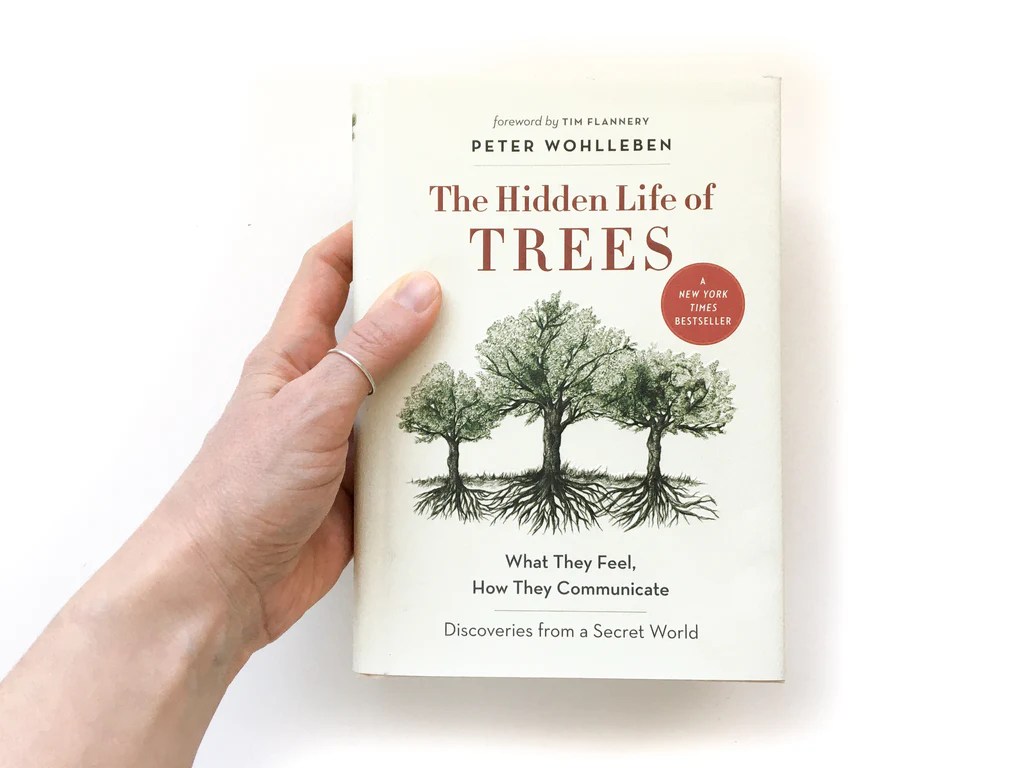The hidden life of trees by peter wohlleben reading answers – Unveiling the Hidden Life of Trees: An Exploration of Peter Wohlleben’s Insights into Nature’s Silent Giants
In his captivating work, “The Hidden Life of Trees,” Peter Wohlleben invites readers on an extraordinary journey into the secret world of trees, revealing their remarkable intelligence, interconnectedness, and profound significance for the environment. Through Wohlleben’s keen observations and scientific research, we discover the fascinating ways in which trees communicate, share resources, and shape their surroundings.
The Hidden Life of Trees: An Introduction

Peter Wohlleben’s “The Hidden Life of Trees” explores the intricate world of trees, challenging traditional views and revealing their interconnectedness, intelligence, and social interactions. The book presents a fascinating perspective on the vital role trees play in the environment and our lives.
Wohlleben, a forester with decades of experience, approaches his subject with a unique blend of scientific knowledge and personal anecdotes. He invites readers to see trees not as mere passive objects but as active participants in a complex ecosystem.
The Interconnectedness of Trees
One of the most striking revelations in the book is the concept of the “Wood Wide Web.” Wohlleben describes how trees communicate with each other through an underground network of mycorrhizal fungi. These fungi connect the roots of different trees, enabling them to share nutrients, water, and even warning signals.
Mycorrhizal networks play a crucial role in nutrient cycling and forest health. They help trees access nutrients that would otherwise be unavailable to them, and they also facilitate the exchange of carbon between the trees and the atmosphere.
The Intelligence of Trees: The Hidden Life Of Trees By Peter Wohlleben Reading Answers

Wohlleben argues that trees possess a form of intelligence that allows them to sense and respond to their environment. He describes how trees can communicate with each other through chemical signals, and how they can adapt their growth patterns to maximize sunlight and nutrients.
One of the most fascinating examples of tree intelligence is their ability to defend themselves against pests and diseases. Trees can produce chemical compounds that repel or kill pests, and they can even attract beneficial insects that help to control pest populations.
The Social Life of Trees

Wohlleben challenges the notion that trees are solitary creatures. He describes how trees form complex communities, interacting with each other in ways that benefit the entire forest.
For example, trees can share resources with each other, such as nutrients and water. They can also cooperate to create a more favorable microclimate for the forest, providing shade and protection from the wind.
The Importance of Trees for the Environment

Trees play a vital role in the environment. They help to regulate the climate, provide habitat for wildlife, and protect water resources. Trees also absorb carbon dioxide from the atmosphere, which helps to mitigate the effects of climate change.
However, trees are facing a number of threats, including deforestation, climate change, and urbanization. It is important to protect trees and ensure their continued survival for the benefit of the environment and future generations.
Popular Questions
How do trees communicate with each other?
Trees communicate through a vast underground network of mycorrhizal fungi, which connect their roots and facilitate the exchange of nutrients, water, and chemical signals.
Do trees possess intelligence?
While trees do not have brains like animals, they exhibit remarkable forms of intelligence, including the ability to sense their environment, respond to stimuli, and make adaptive decisions.
What is the significance of trees for the environment?
Trees play a crucial role in maintaining biodiversity, regulating the climate, purifying water, and providing essential resources for countless organisms.